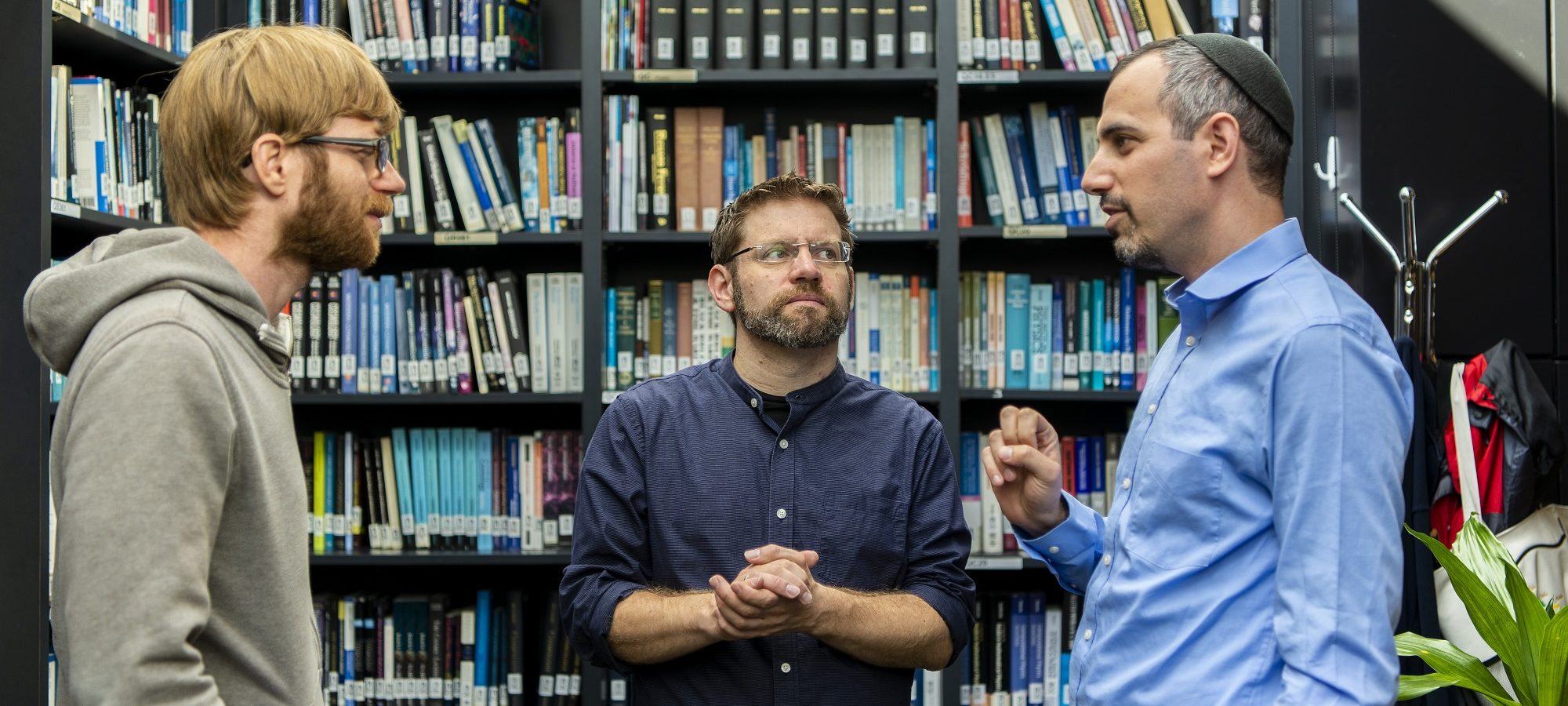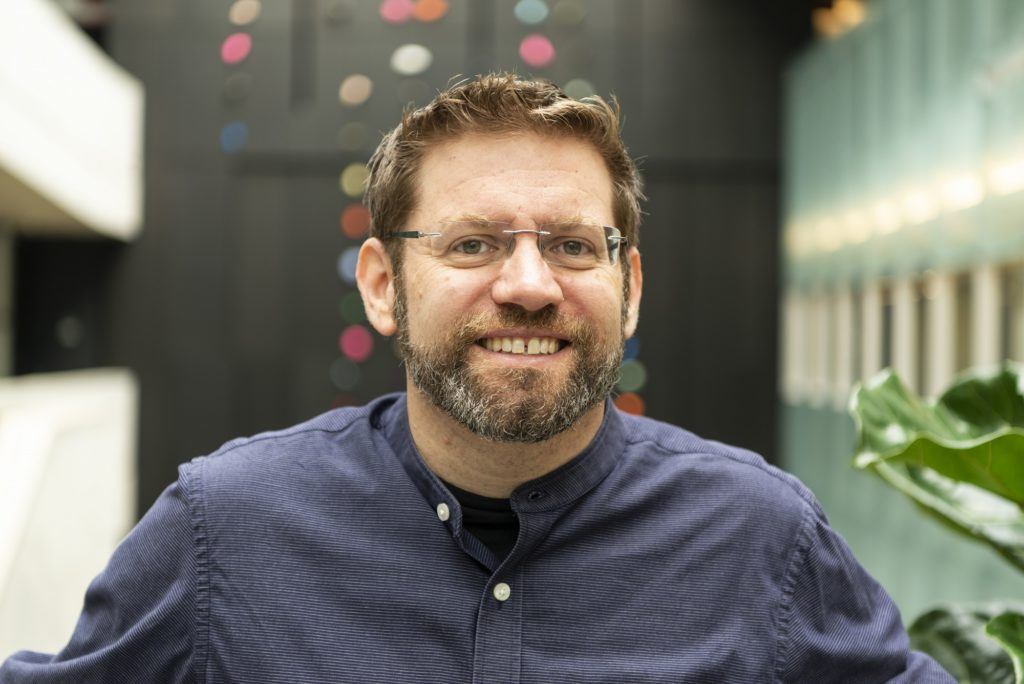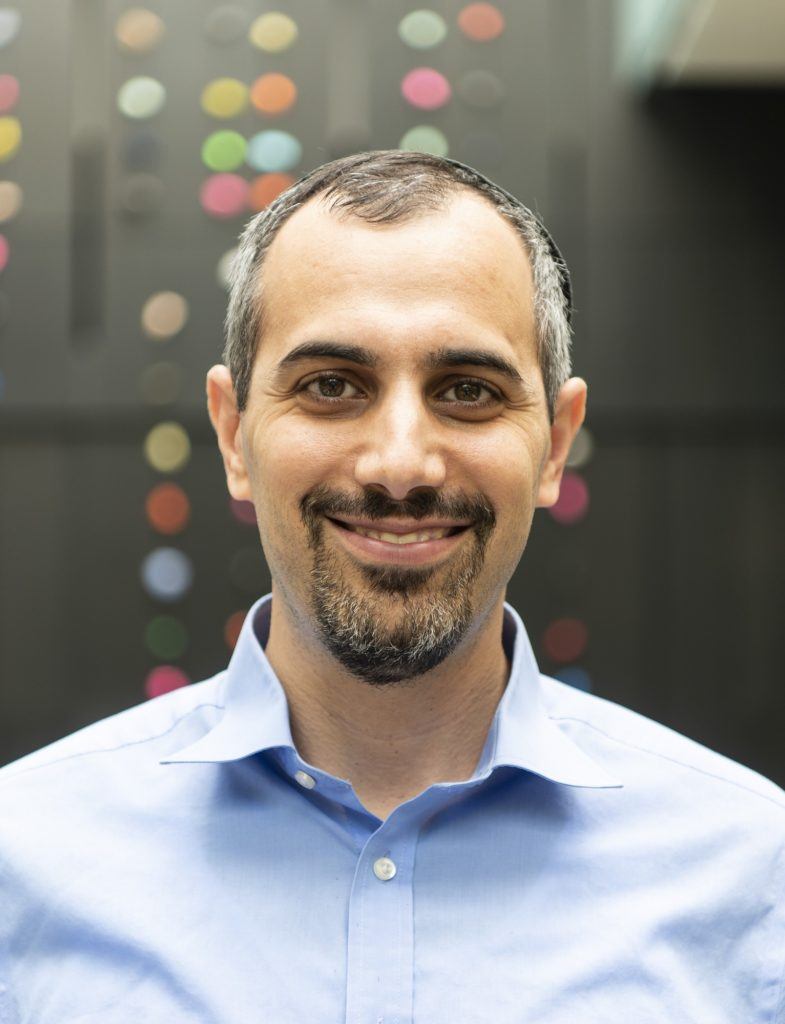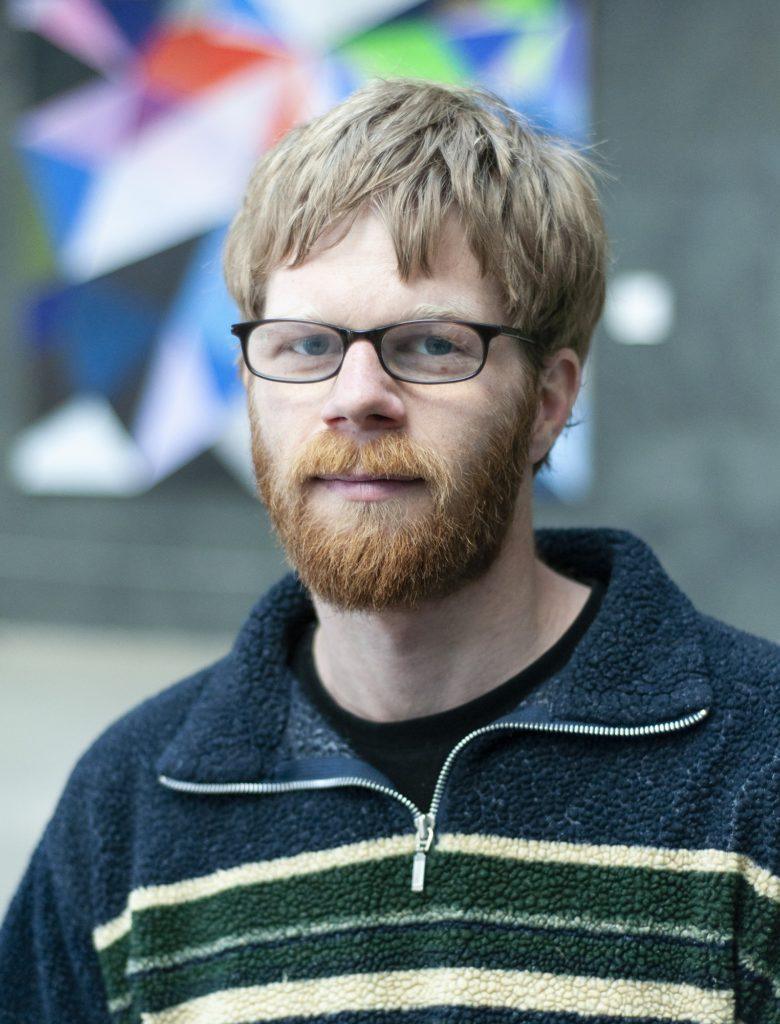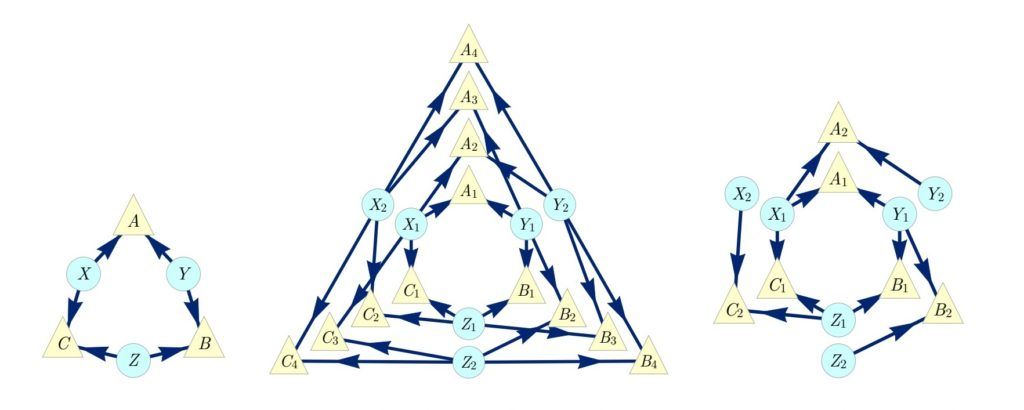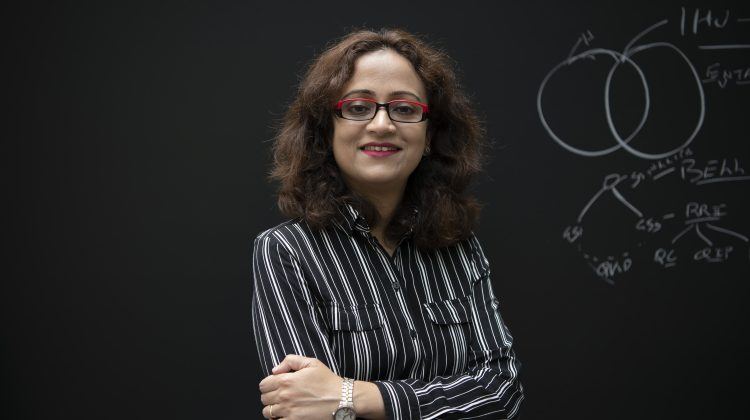Quantum physicists devise new tool to study classical cause-and-effect
Perimeter Institute researchers introduce a new technique called “inflation graphs” that helps unravel causal complexity and promises to prove even more powerful as computing capabilities increase.





















































































